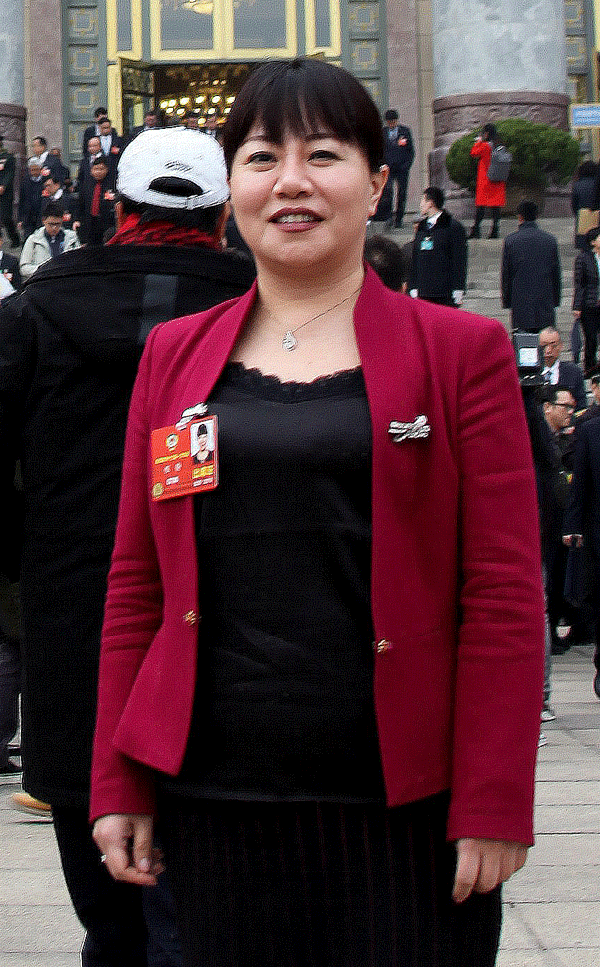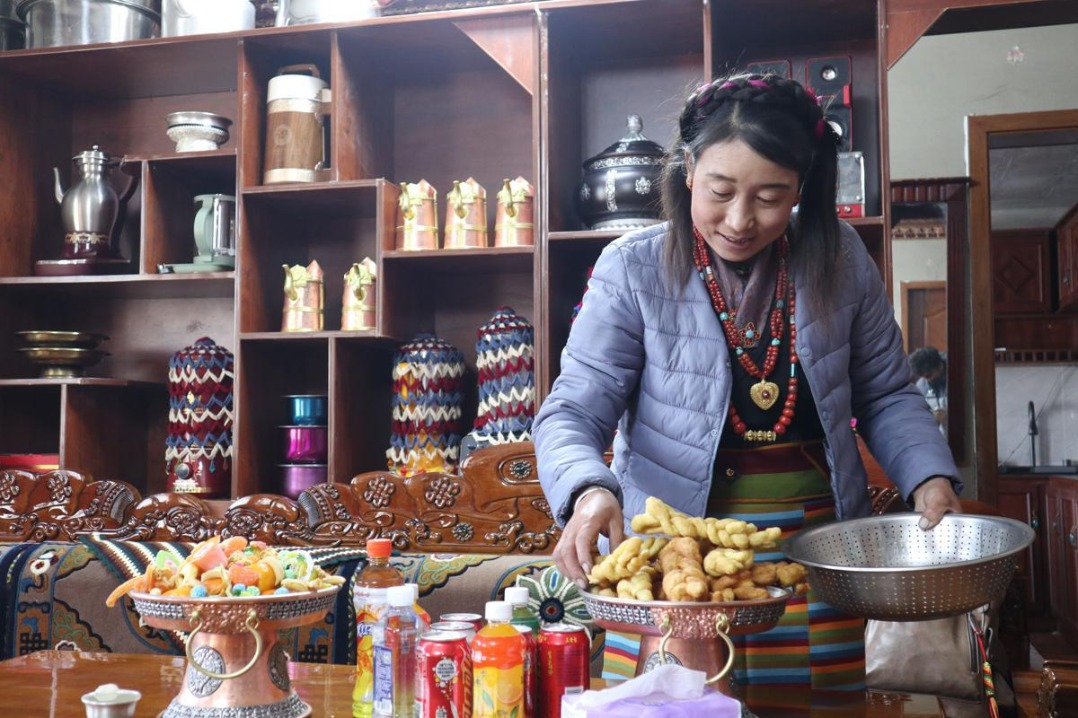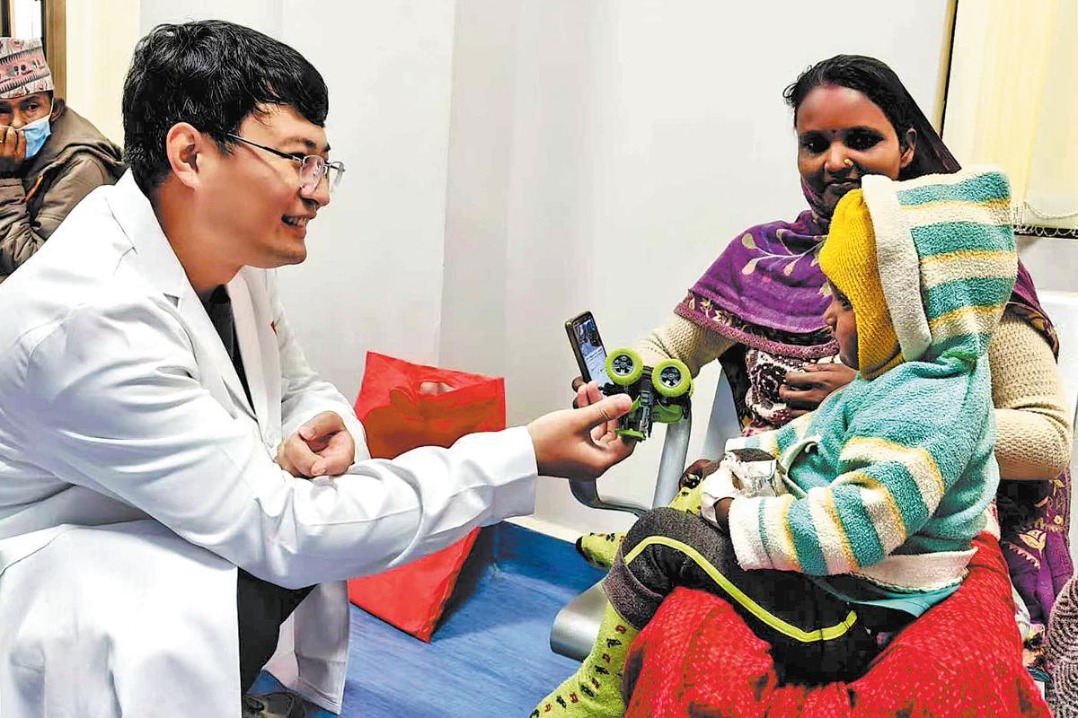Women work toward change






A1: Women entrepreneurs may attract public attention more easily. But when it comes to difficulties, it is the same for both genders. Women need to be as stress-tolerant as their male peers. I’m working under great pressure. I get up before 6 am and go to sleep at 1 am. Working overtime is normal for me. Dealing with social pressures as well as family responsibilities is challenging for women.
A2: The balance has to be achieved with support from their families. I’m very grateful to my husband and my daughter. My husband has 20 years working experience in science and engineering and he gave me lots of ideas for my work. My daughter is also supportive of my career. Since she is in her adolescence, whenever she wants to talk to me, I’ll call her even if I’m at work.
A3: I’ve never been an advocate of full-time mothers. Regardless of how much pressure mothers bear in the family, I do not agree with that. It is critical for family harmony that women have a good career.
A4: There’s still employment discrimination toward women. As all families in China can have two children now, many women need to take more time off for maternity leave and their work efficiency may drop during pregnancy and the lactation period. It will make employers think twice before hiring a woman as companies are profit-driven. The government should carry out more supportive policies for mothers as well as enterprises.
"There's still employment discrimination toward women. As all families in China can have two children now, many women need to take more time off for maternity leave and their work efficiency may drop during pregnancy and the lactation period. It will make employers think twice before hiring a woman as companies are profit-driven. The government should carry out more supportive policies for mothers as well as enterprises."
How long does it take to make a prototype of an unmanned aerial vehicle after it is designed? The answer, according to Cheng Jing, general manager of Zhongguancun I-M-Way, is as little as seven hours.
Cheng is confident of her answer as I-M-Way-a hub for intelligent manufacturing in Beijing's high-tech Zhongguancun Science Park-has assembled companies for the whole industry chain, from agile manufacturing, industrial design and production to technology services and marketing.
"Even if there are problems with the design, the time needed to see a sample UAV will be no more than a week, as our structural engineers can help adjust the design," she said.
Cheng's business was launched about 18 months ago after two years of preparation. She said it is now home to 112 enterprises and has provided services for over 20,000 more.
Progress has not come easy, however. "I've been under great pressure since I started the project," she said. "I seldom get to bed before 1 am, and I need to get up every day at 5:40 am."
Cheng, who is a member of the 13th National Committee of Chinese People's Political Consultative Conference, said the idea of establishing I-M-Way came after she and her husband found it was difficult for much of the research from Chinese institutes to be transformed for market application.
It was difficult to put the venture into practice at first. She had to visit many companies in Zhongguancun to persuade them to make prototypes in her laboratory, and she said it has been difficult to earn revenue because it takes time to make original technology ready for the market.
Yet Cheng said she would like to continue because of her passion and confidence for the real economy, as well as her interest in the development of cutting-edge technology.
In the proposal she plans to submit to the CPPCC National Committee, she has suggested the government establish a technological achievements transfer and transformation platform.
Initially, she said, it should start in Beijing, considering the large number of universities and scientific research institutes in the capital. But then it can be extended to other cities with abundant scientific research resources, such as Shanghai.
- Jilin winter fishing festival fetches record auction, visitors
- China pushes higher education reform with focus on tech and industry
- Emergency crews battle wildfire in Shenzhen
- China CDC urges precaution amid surge in rhinovirus cases
- Govt to streamline health insurance payments over next 3 years
- China urges global vigilance against revival of Japanese militarism

































